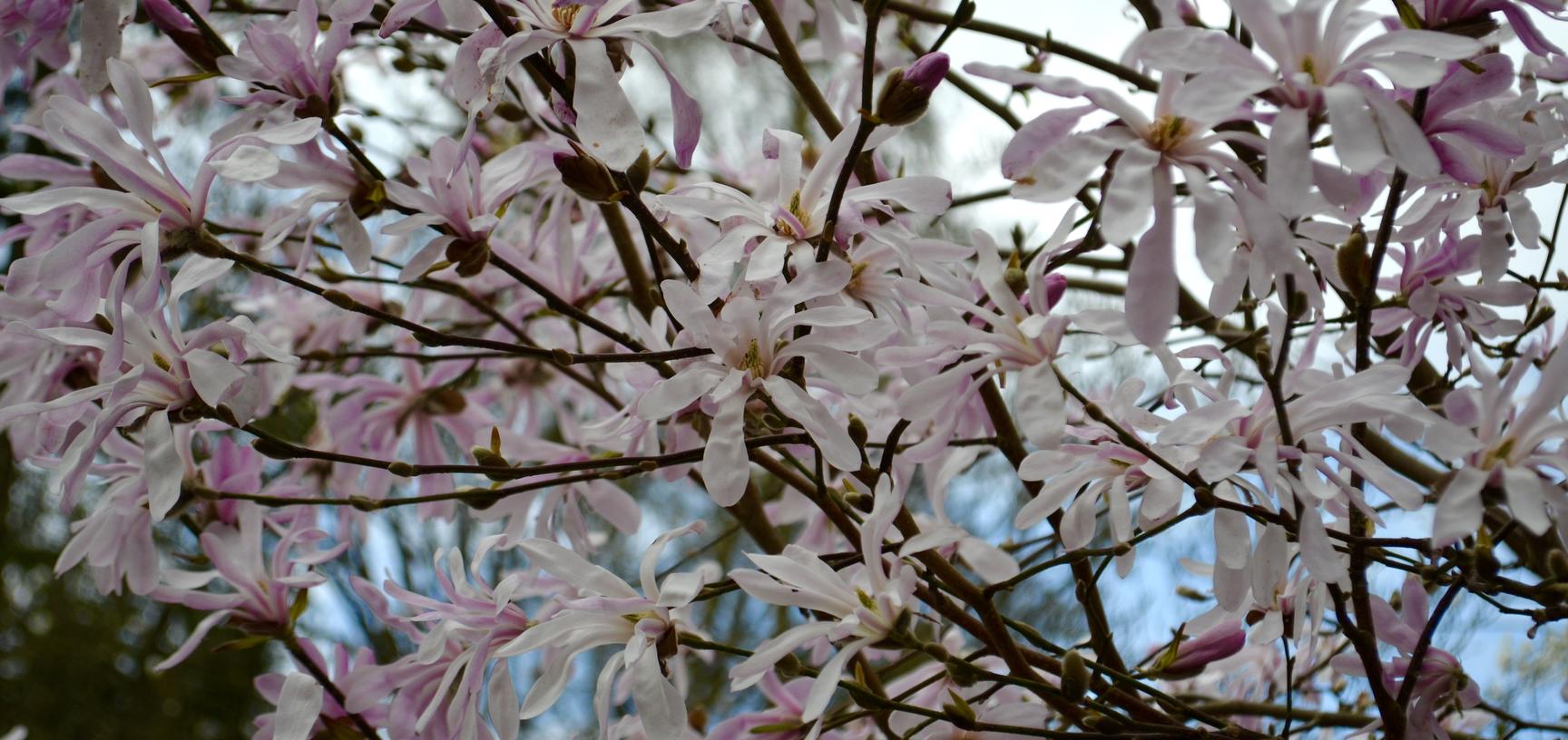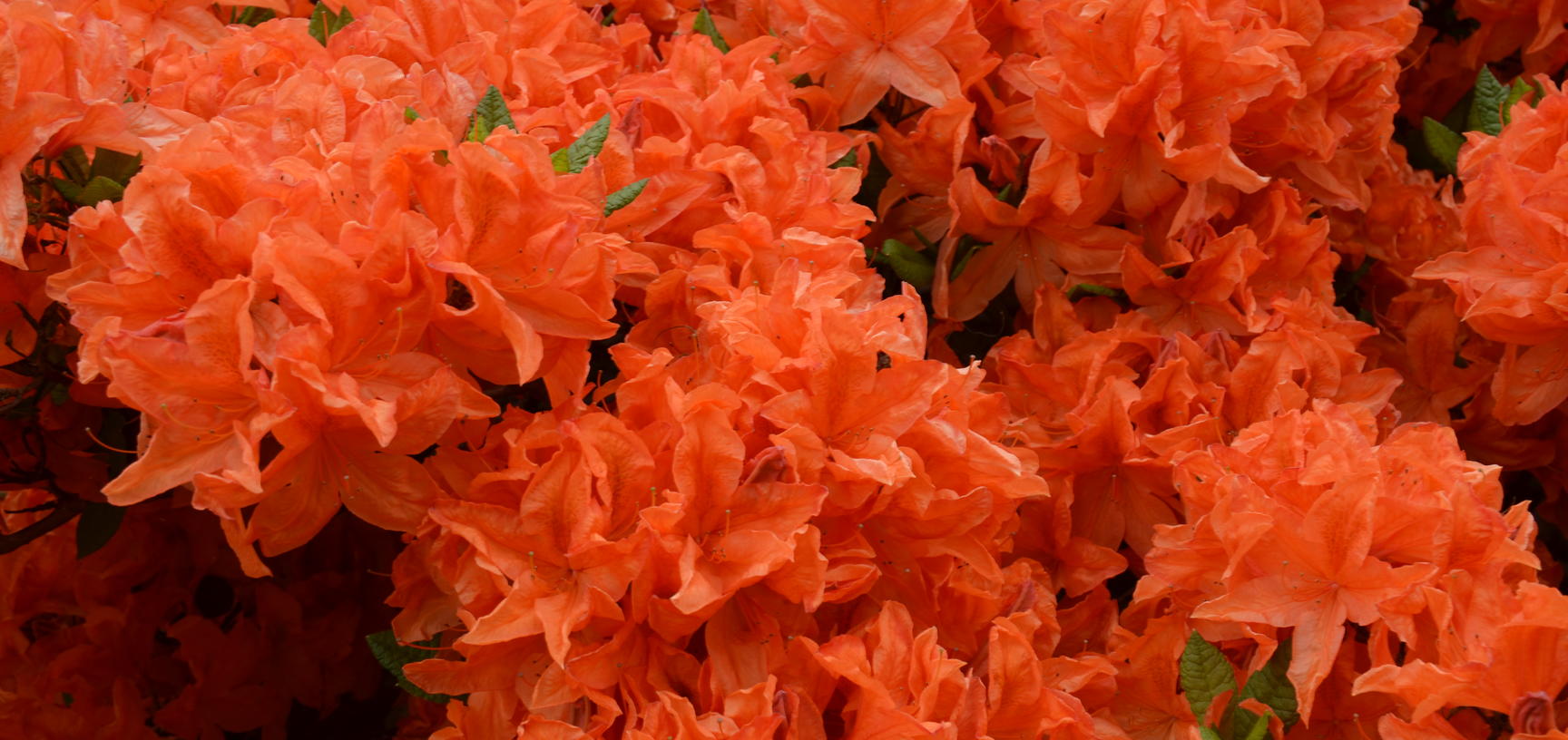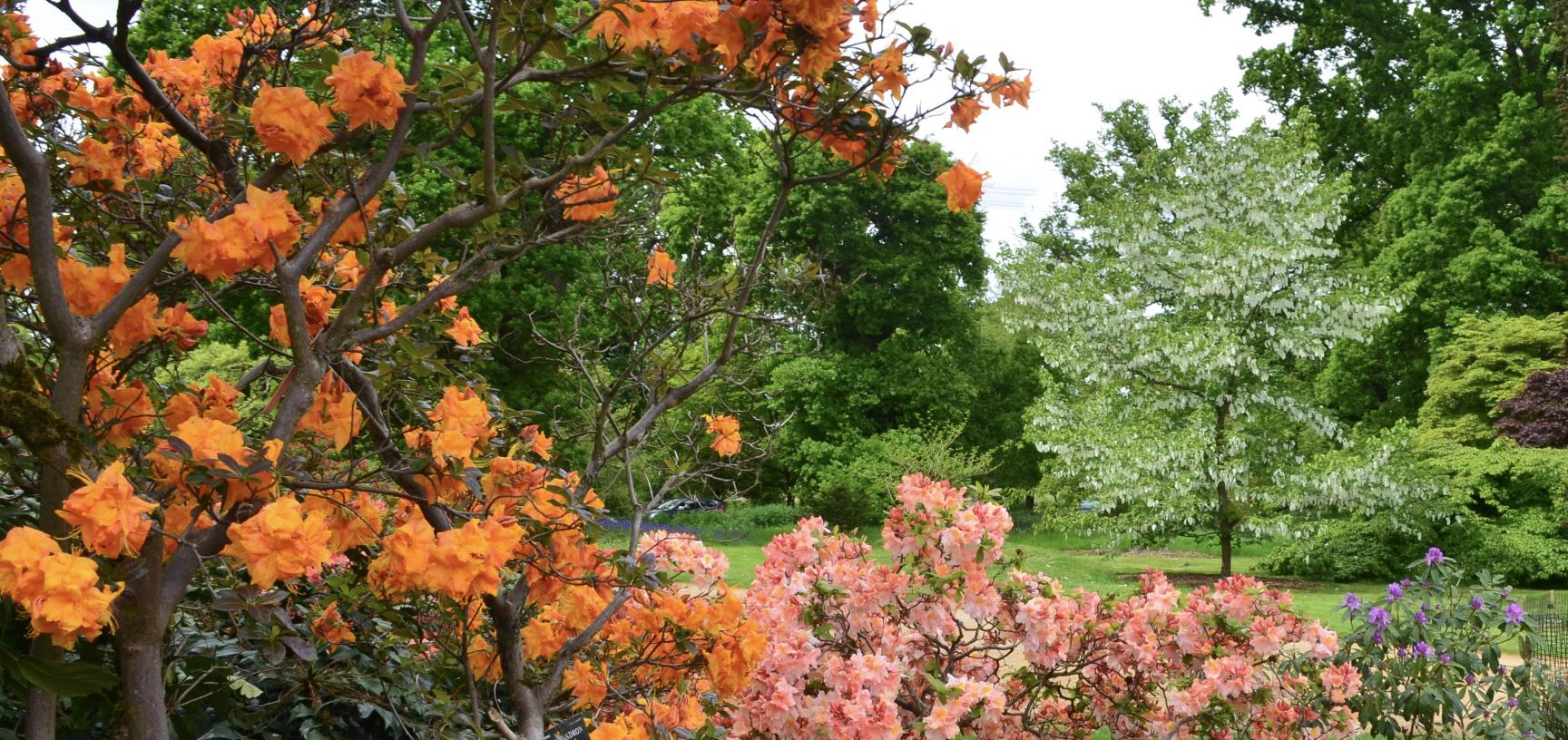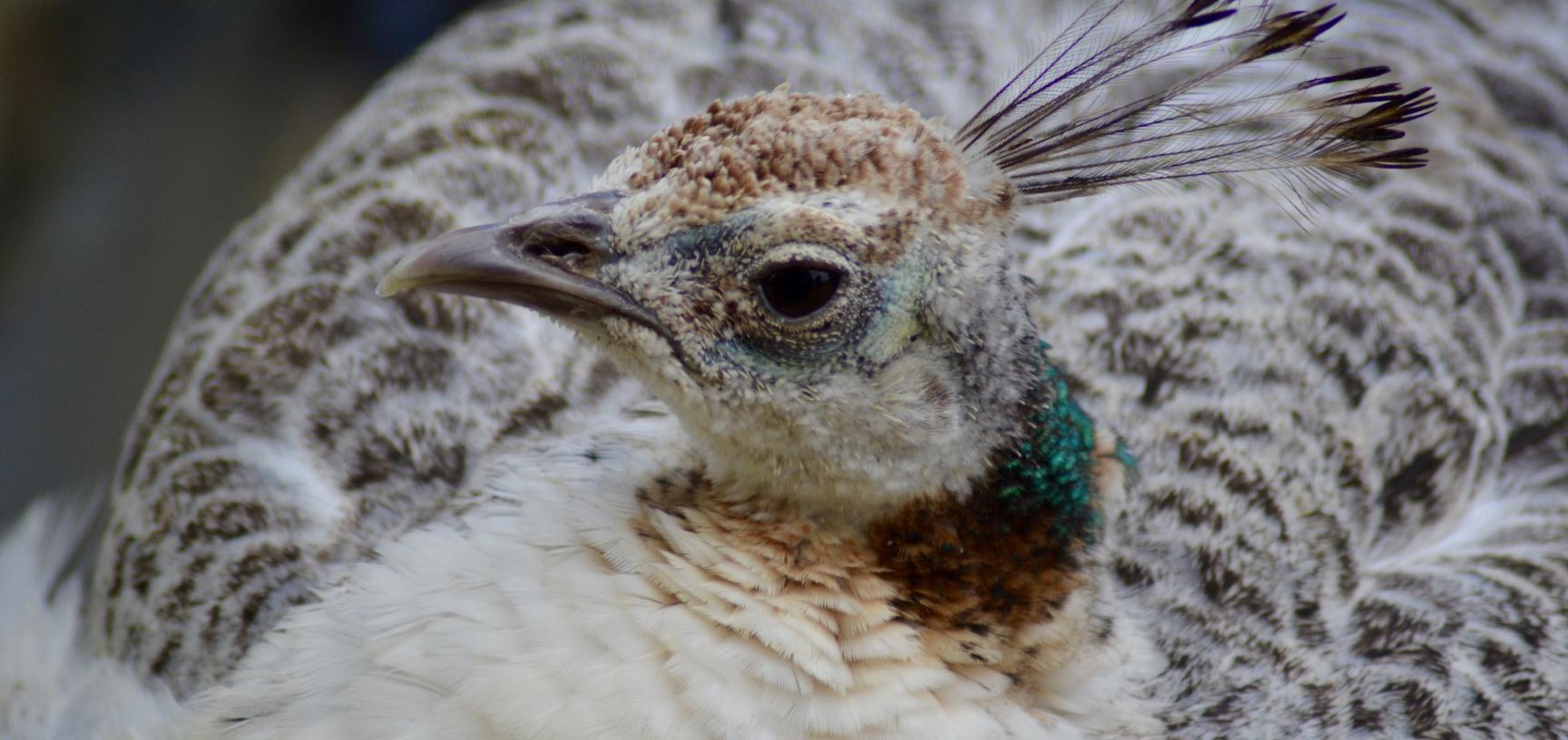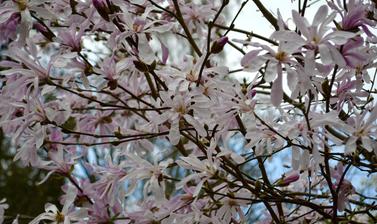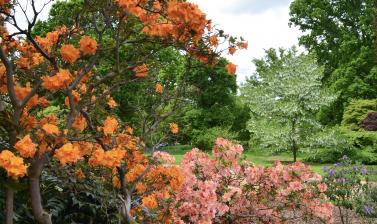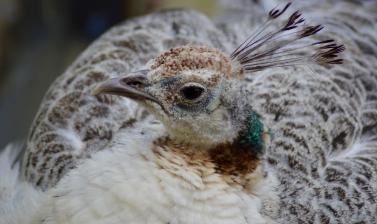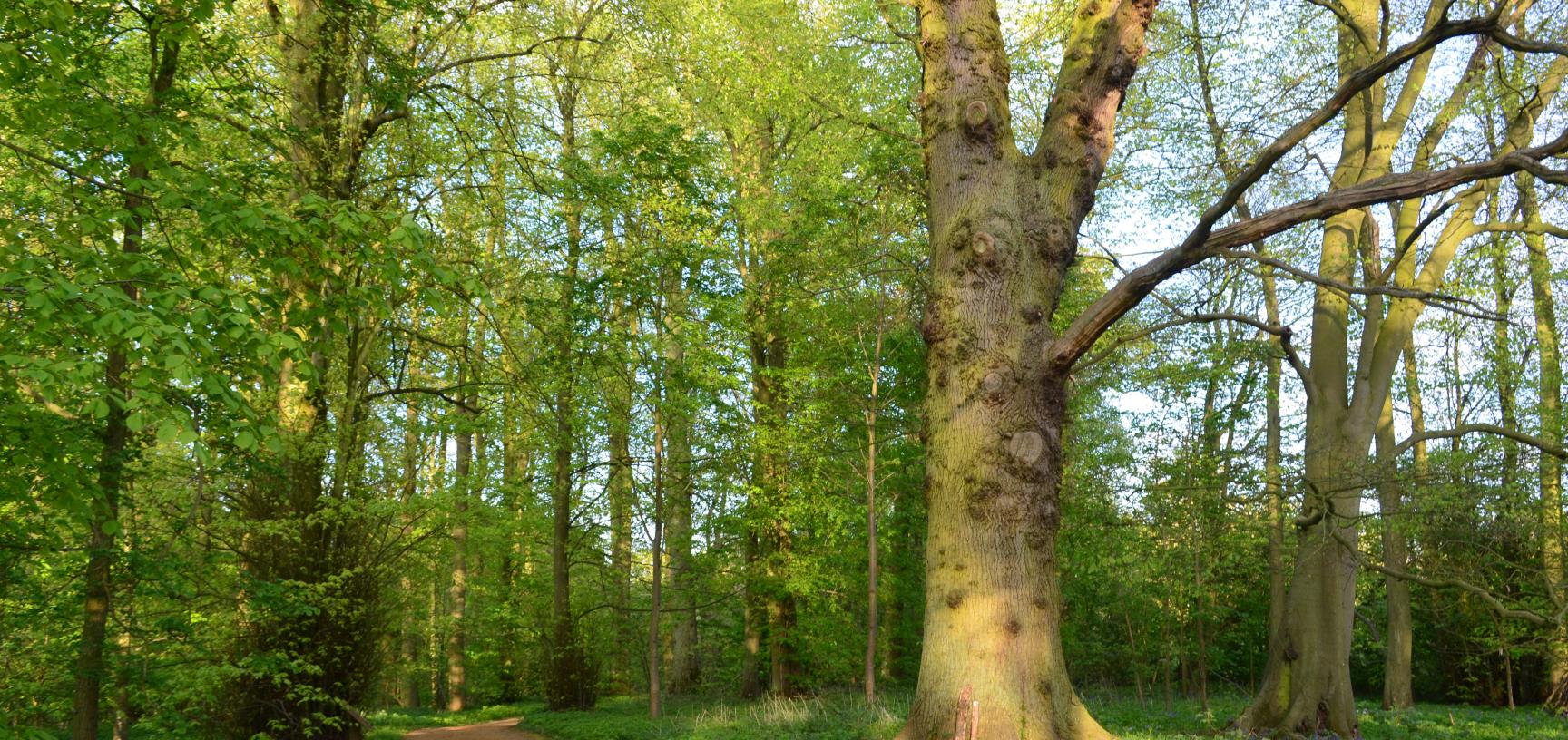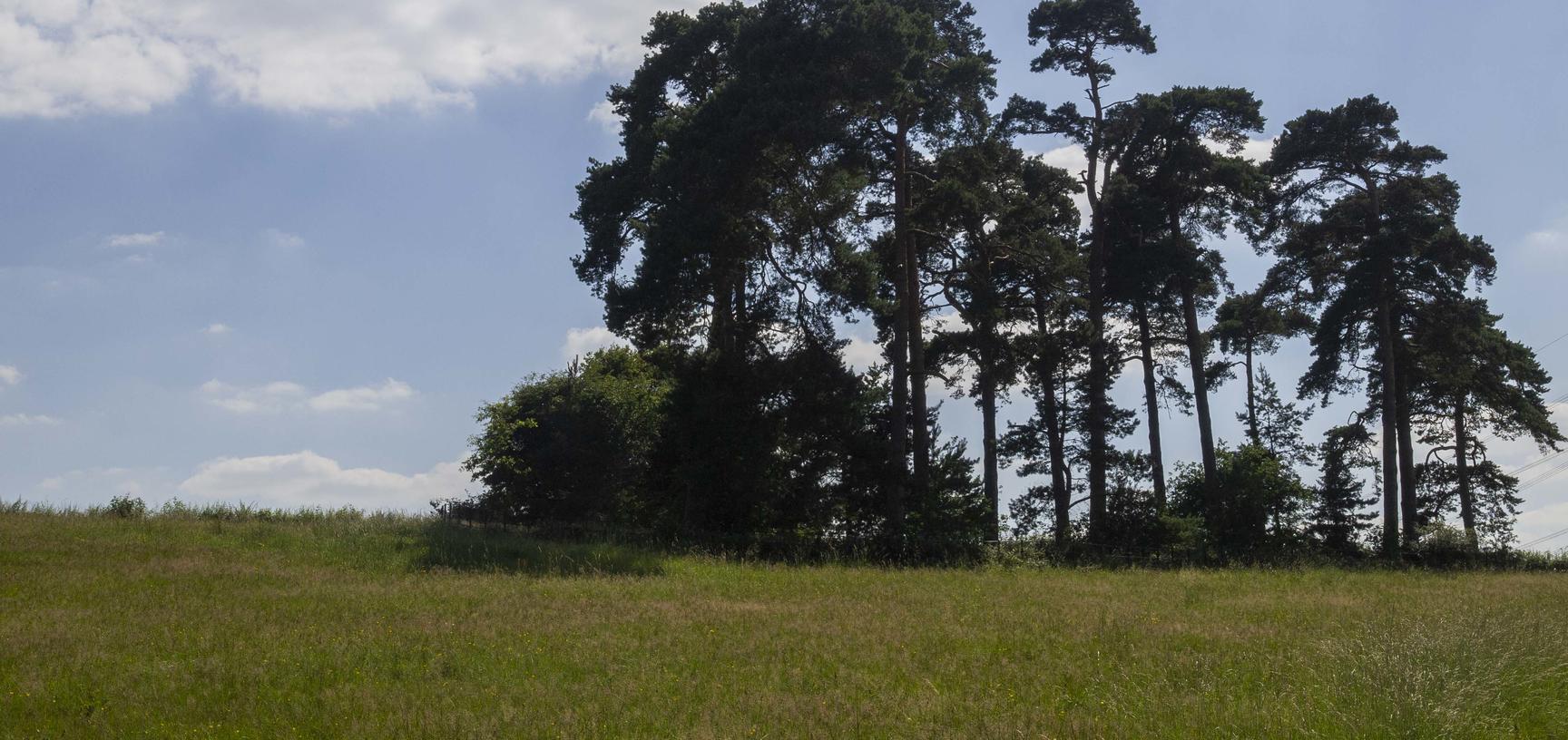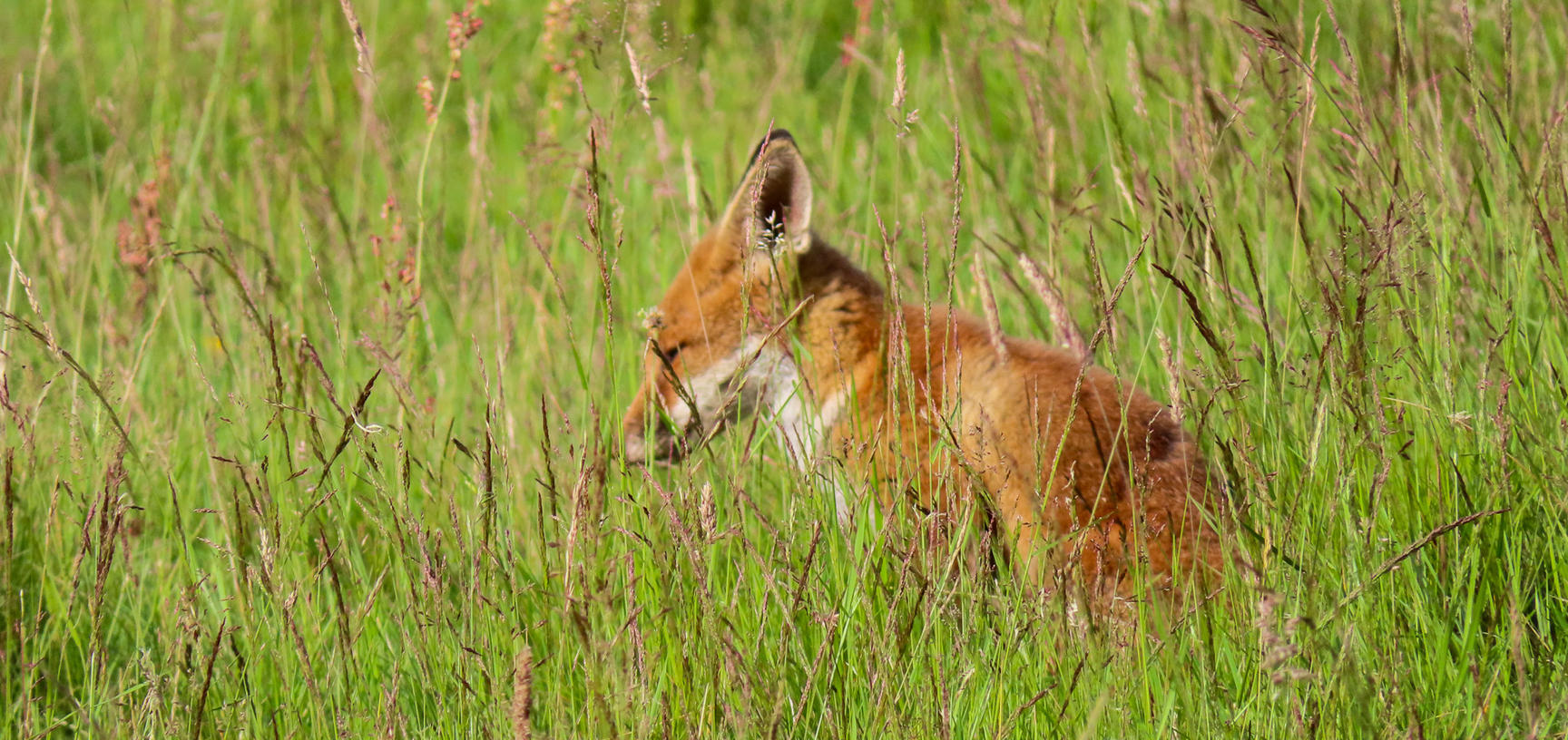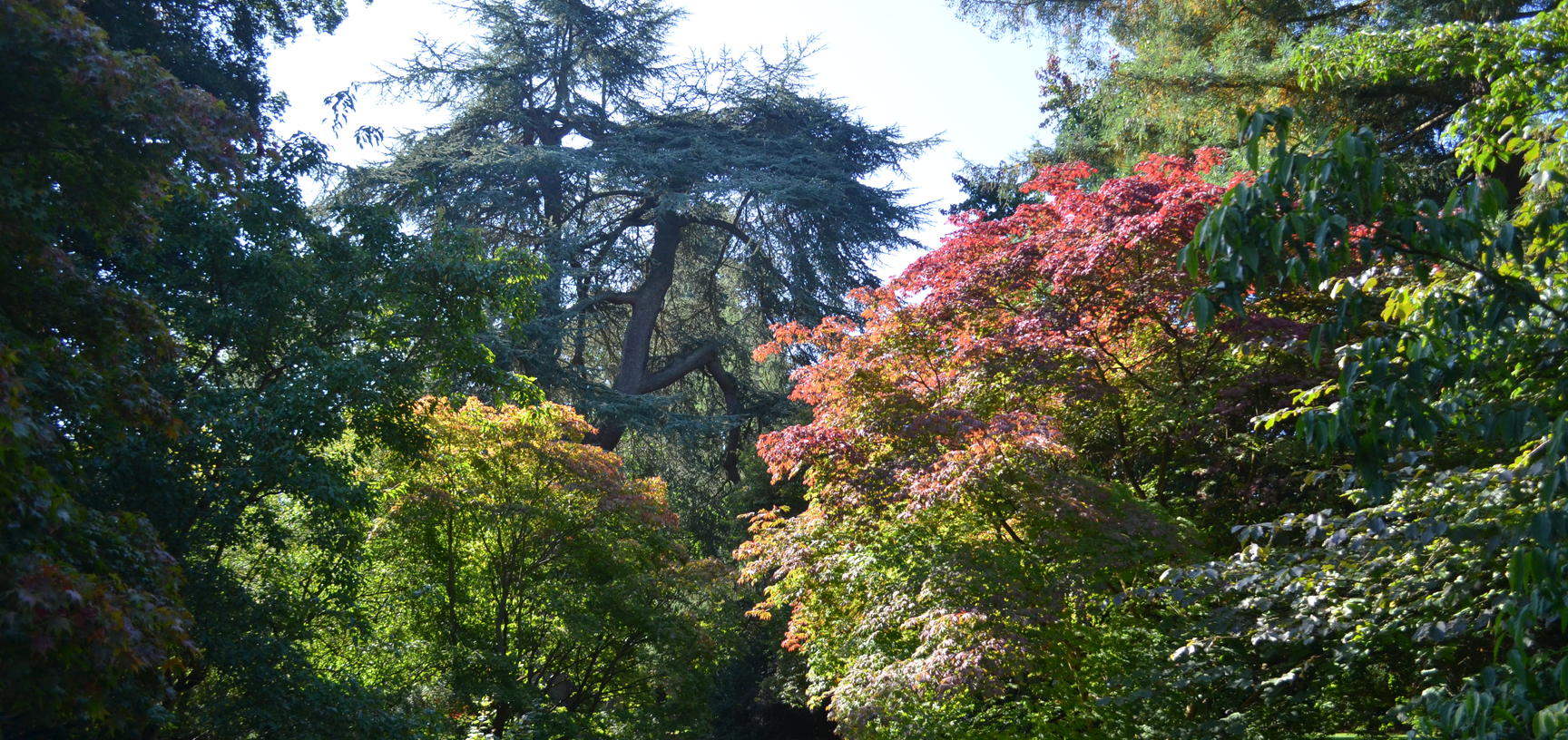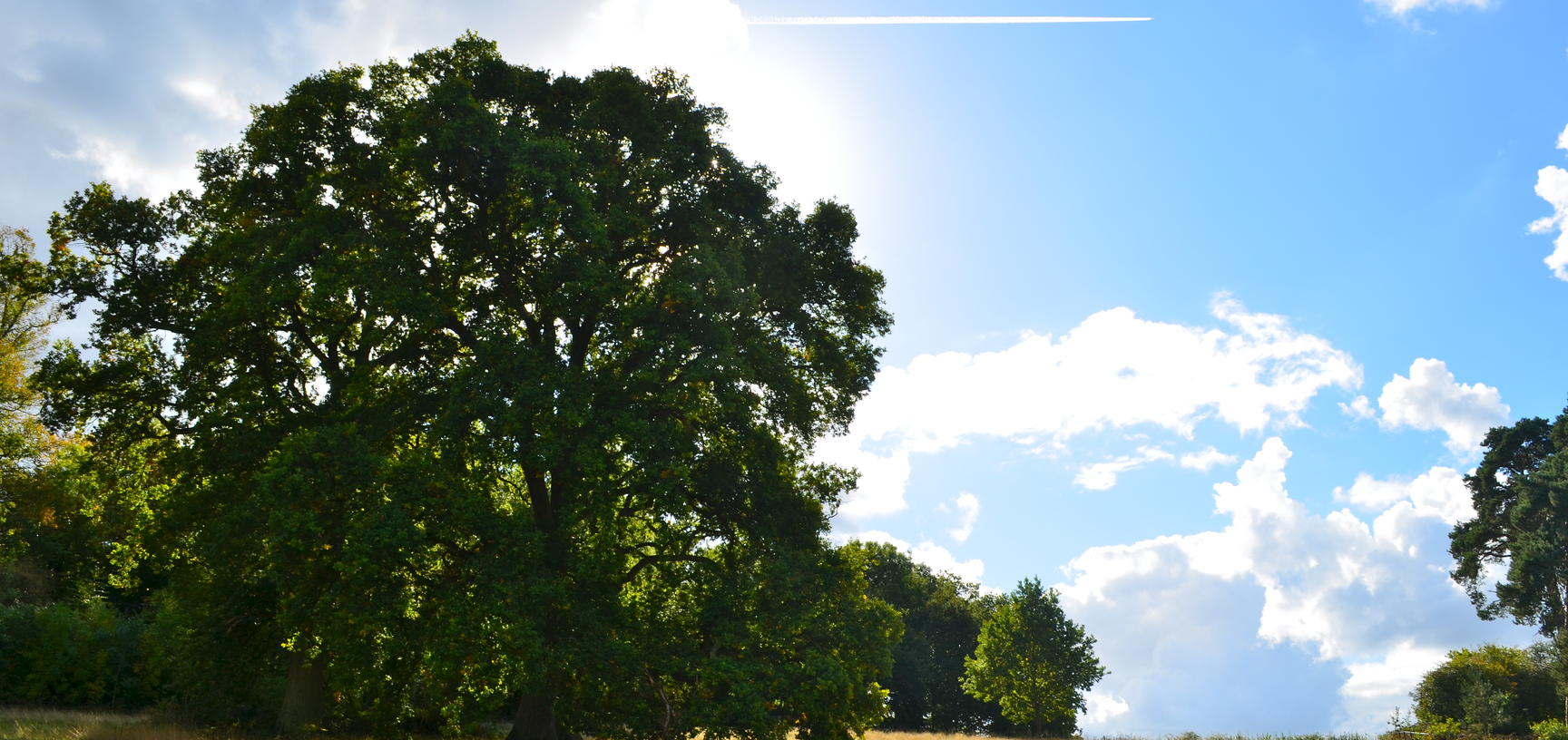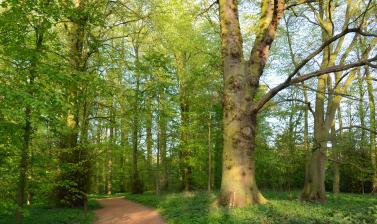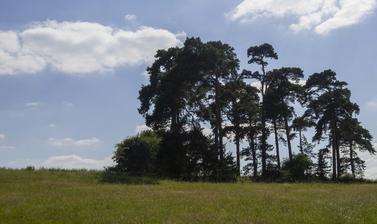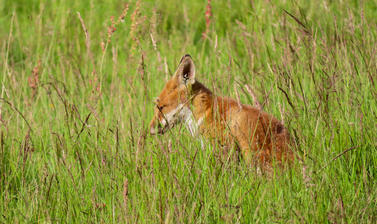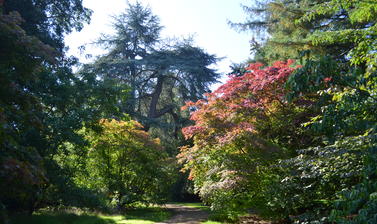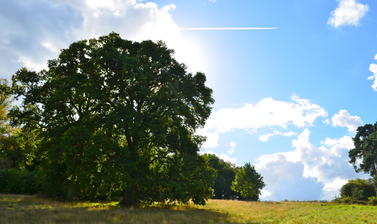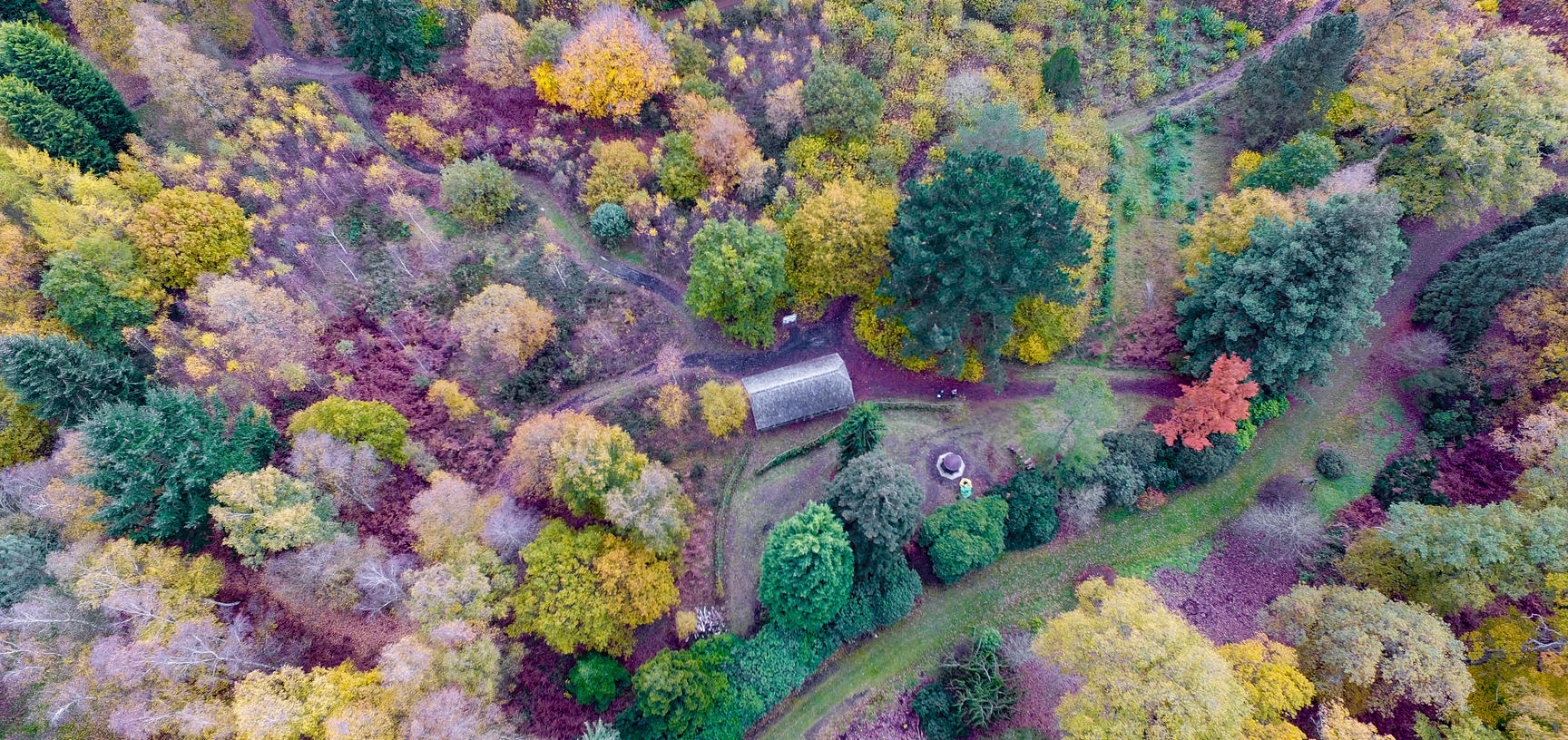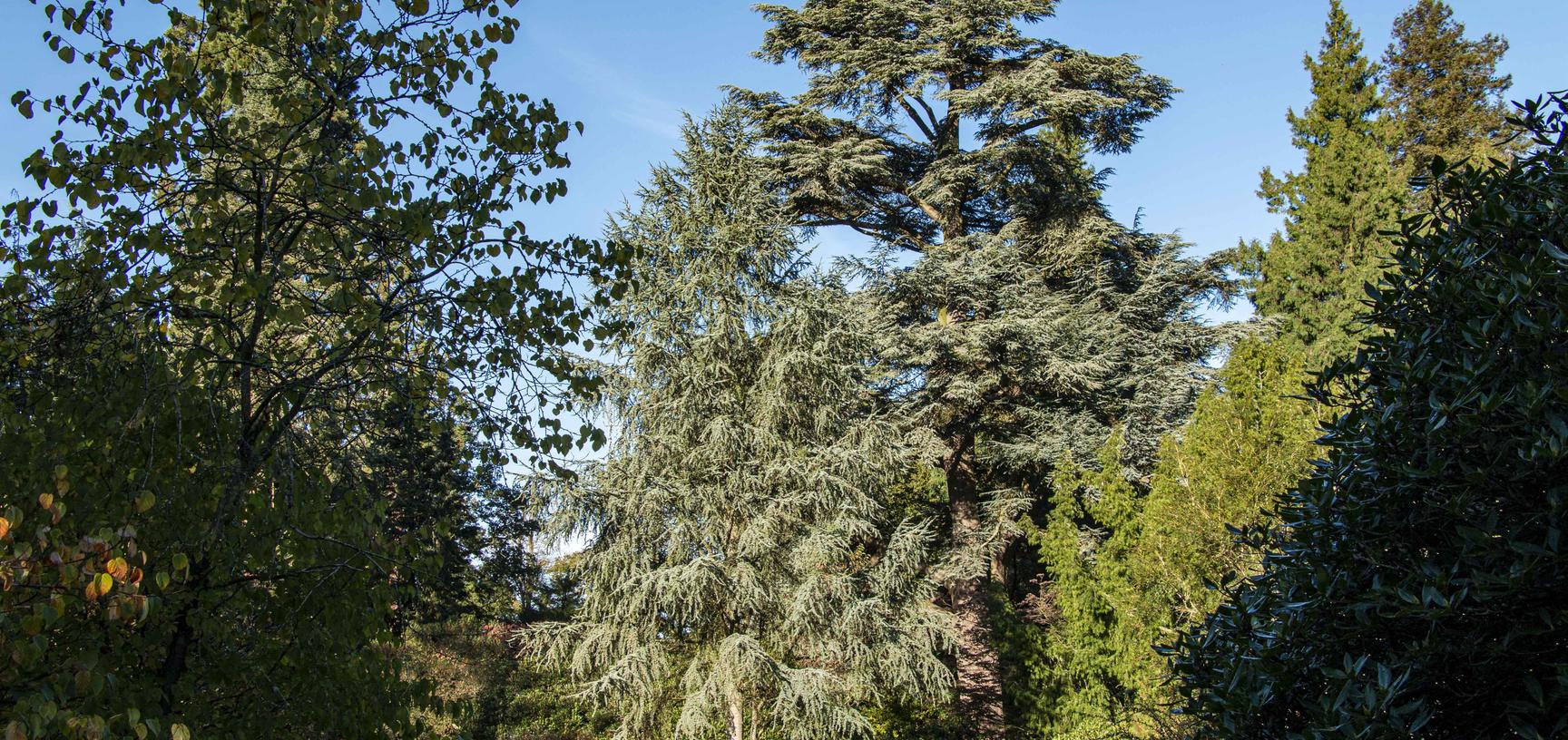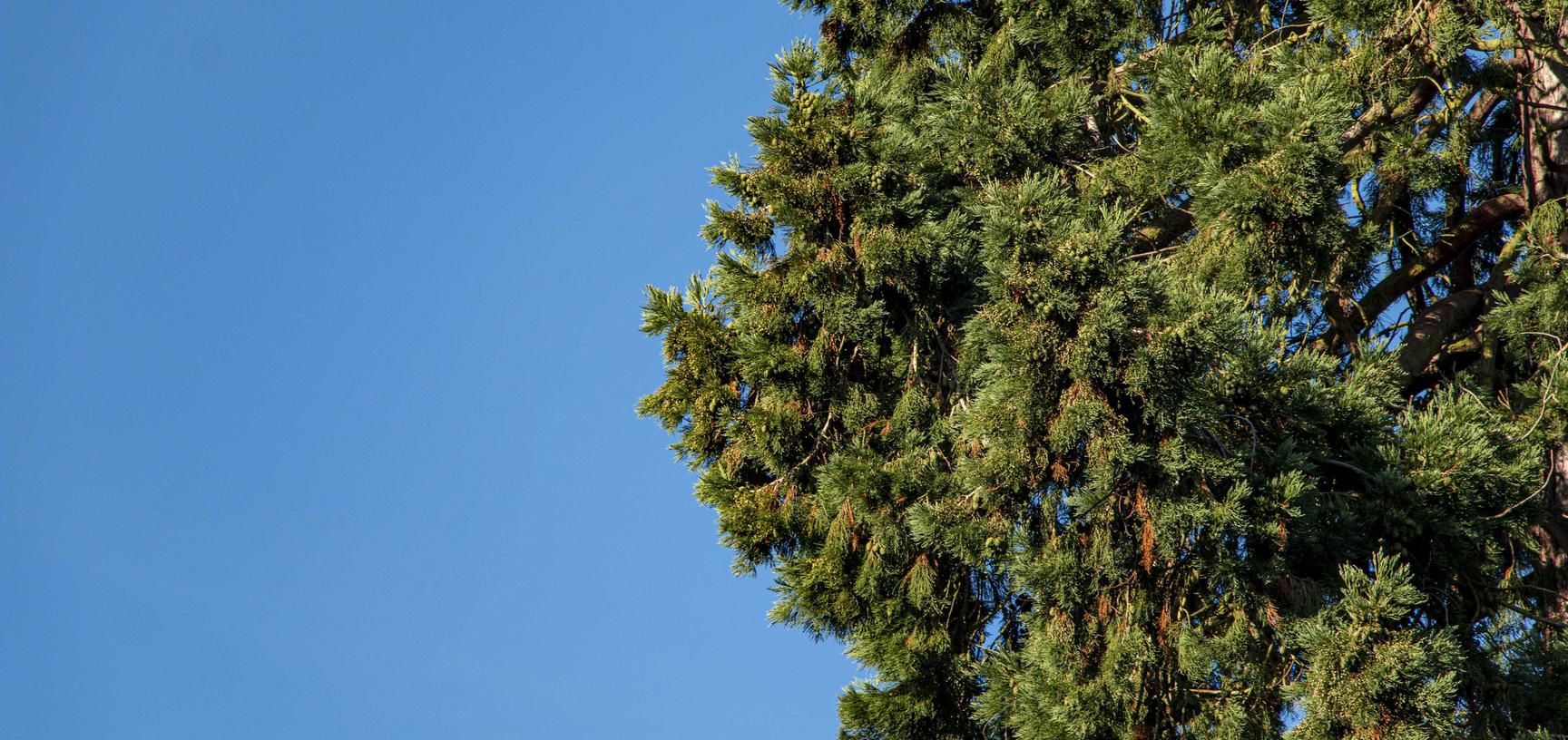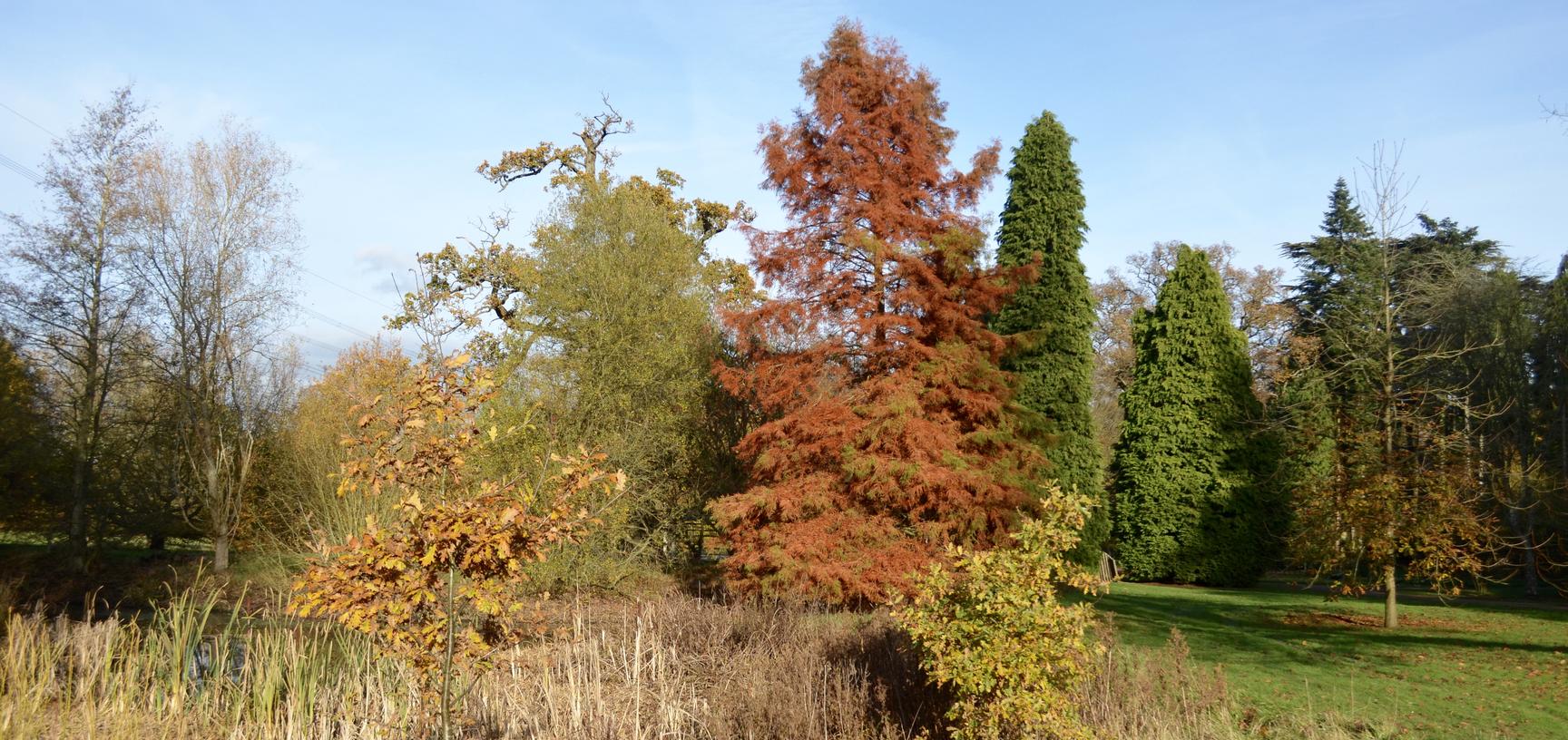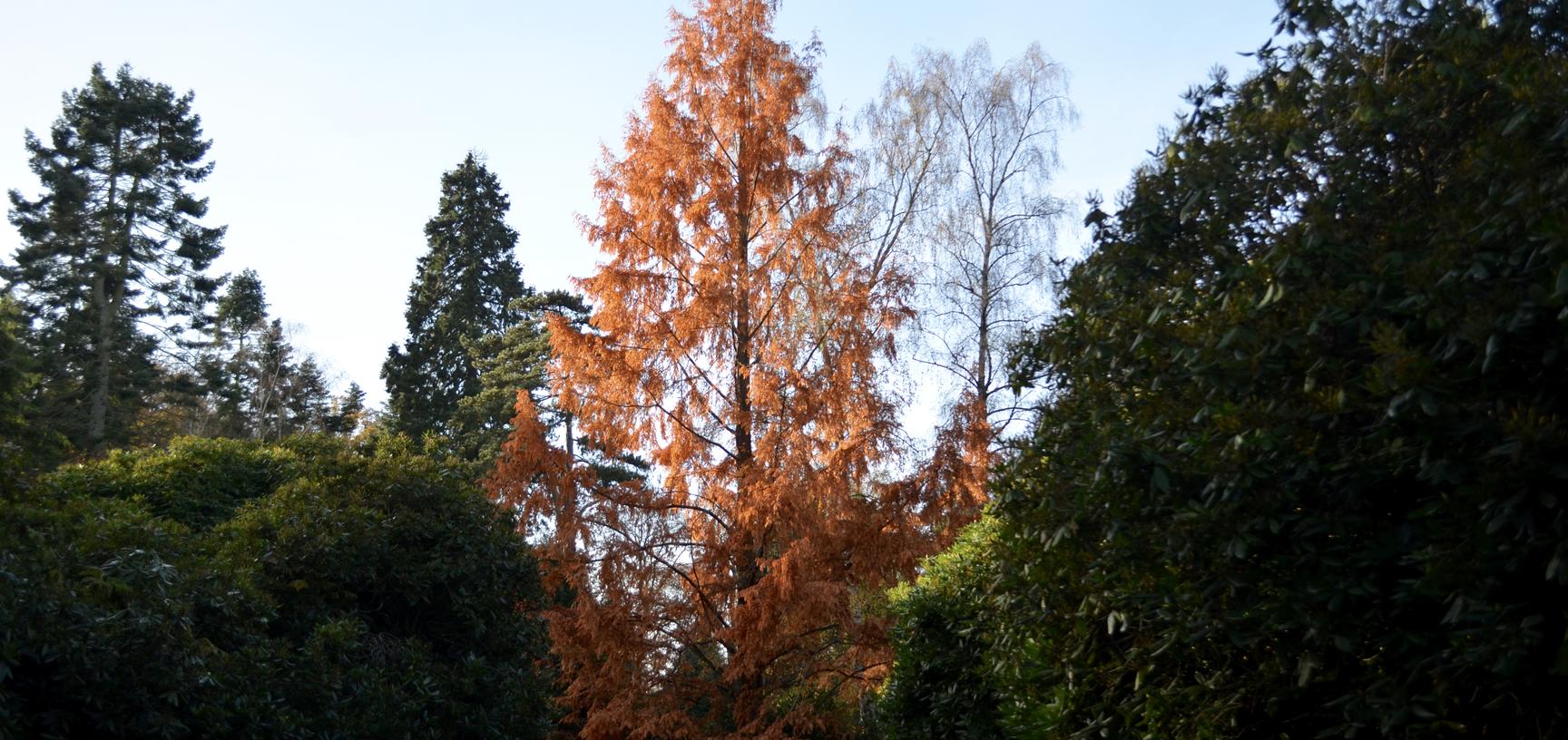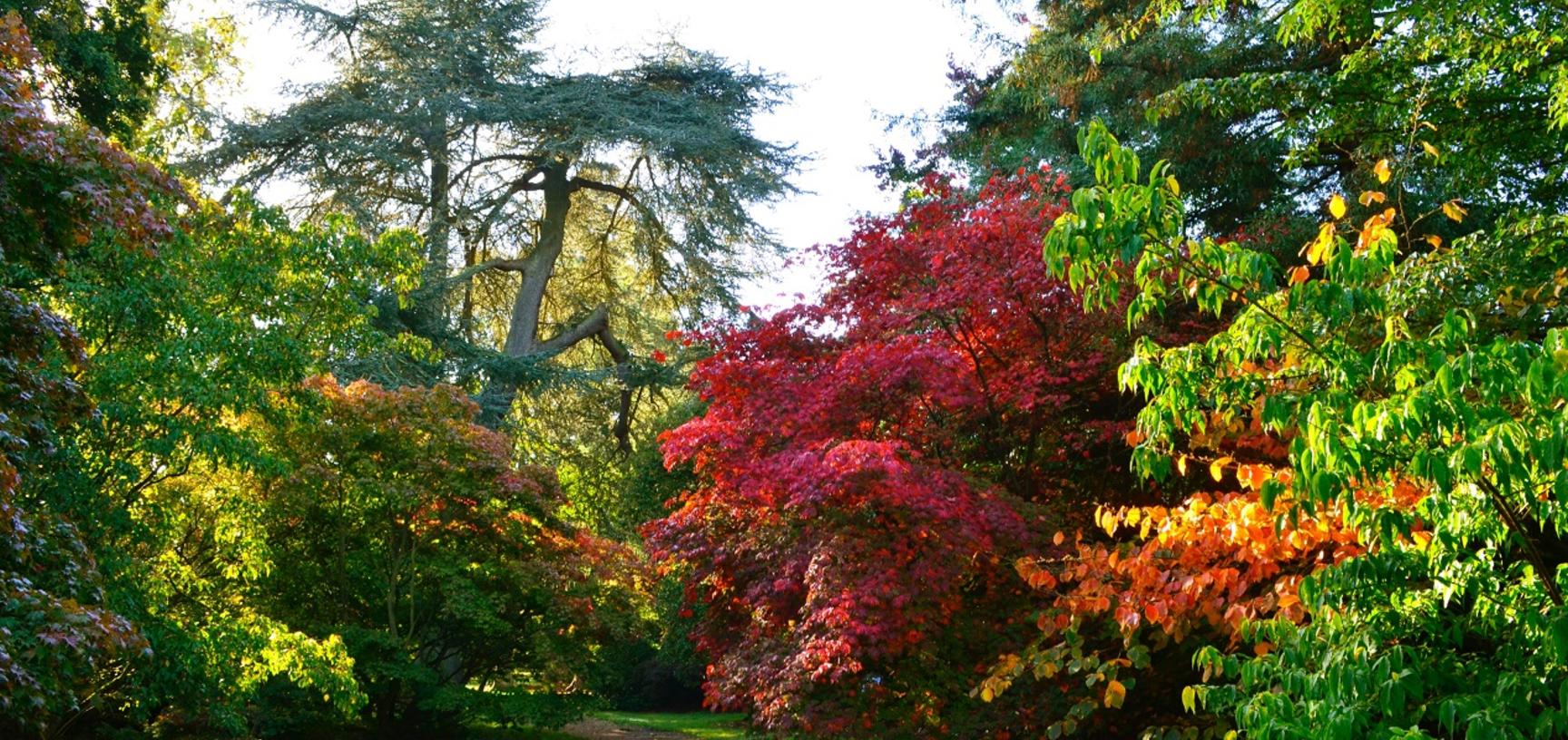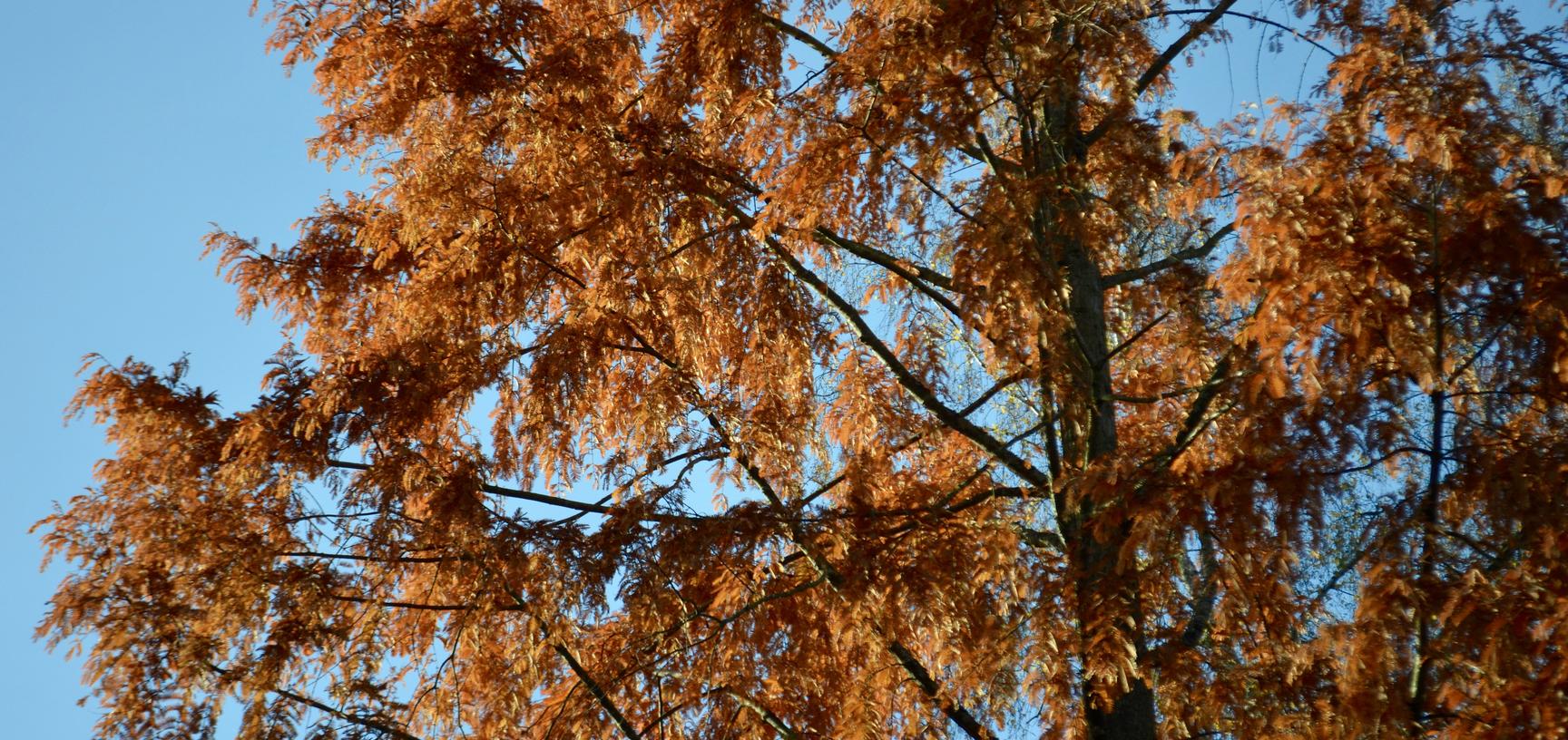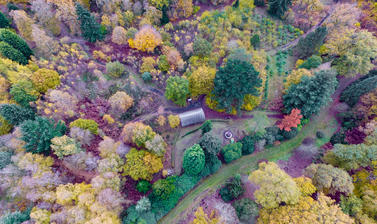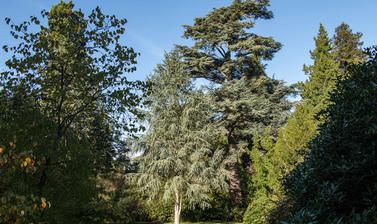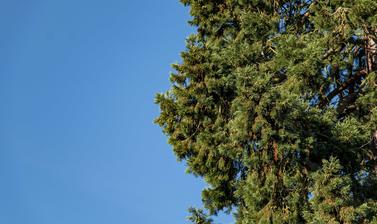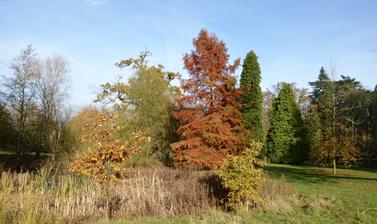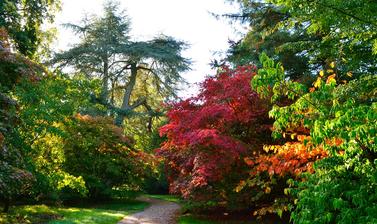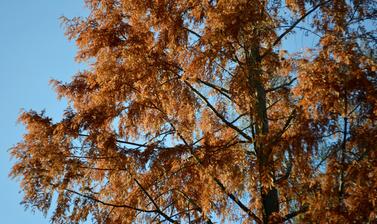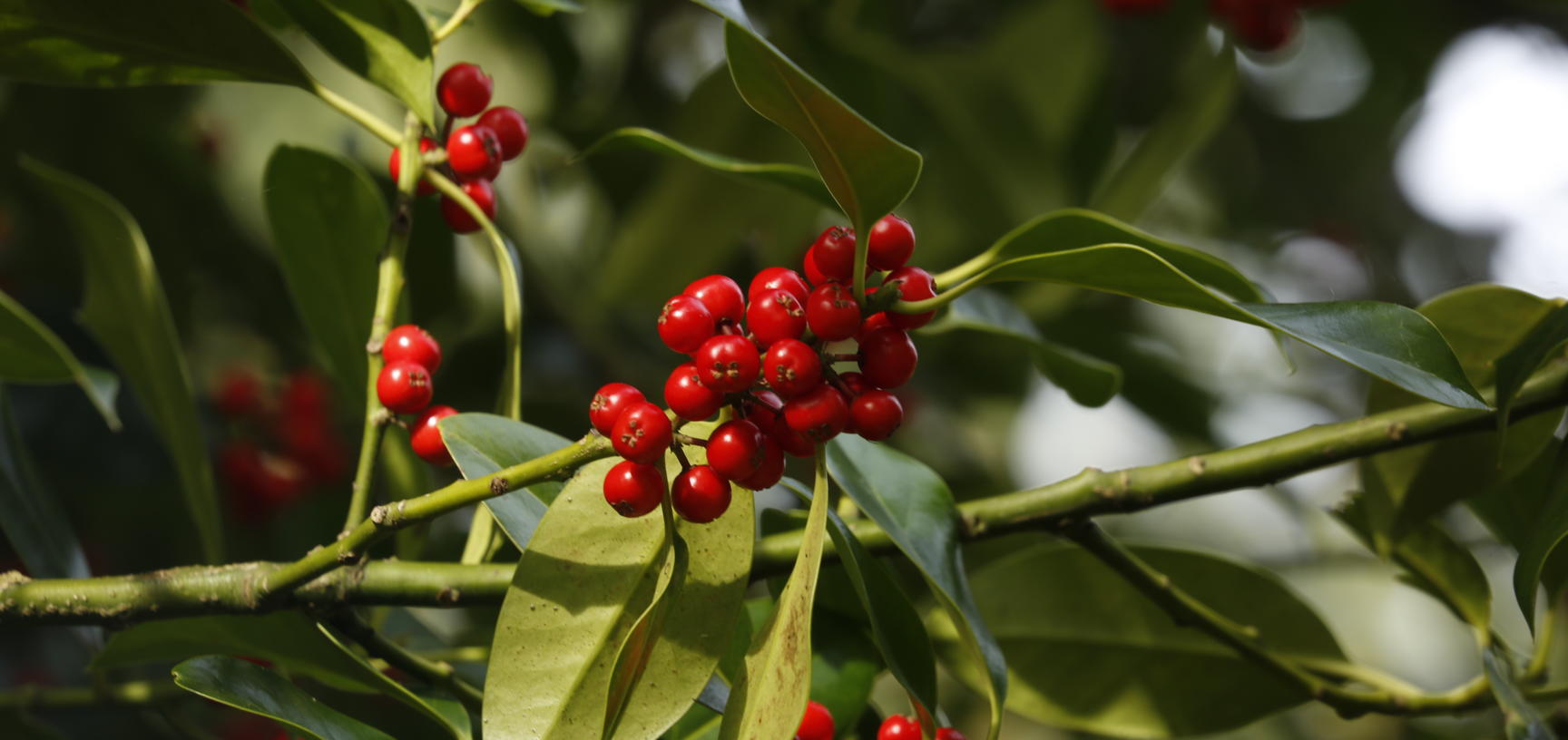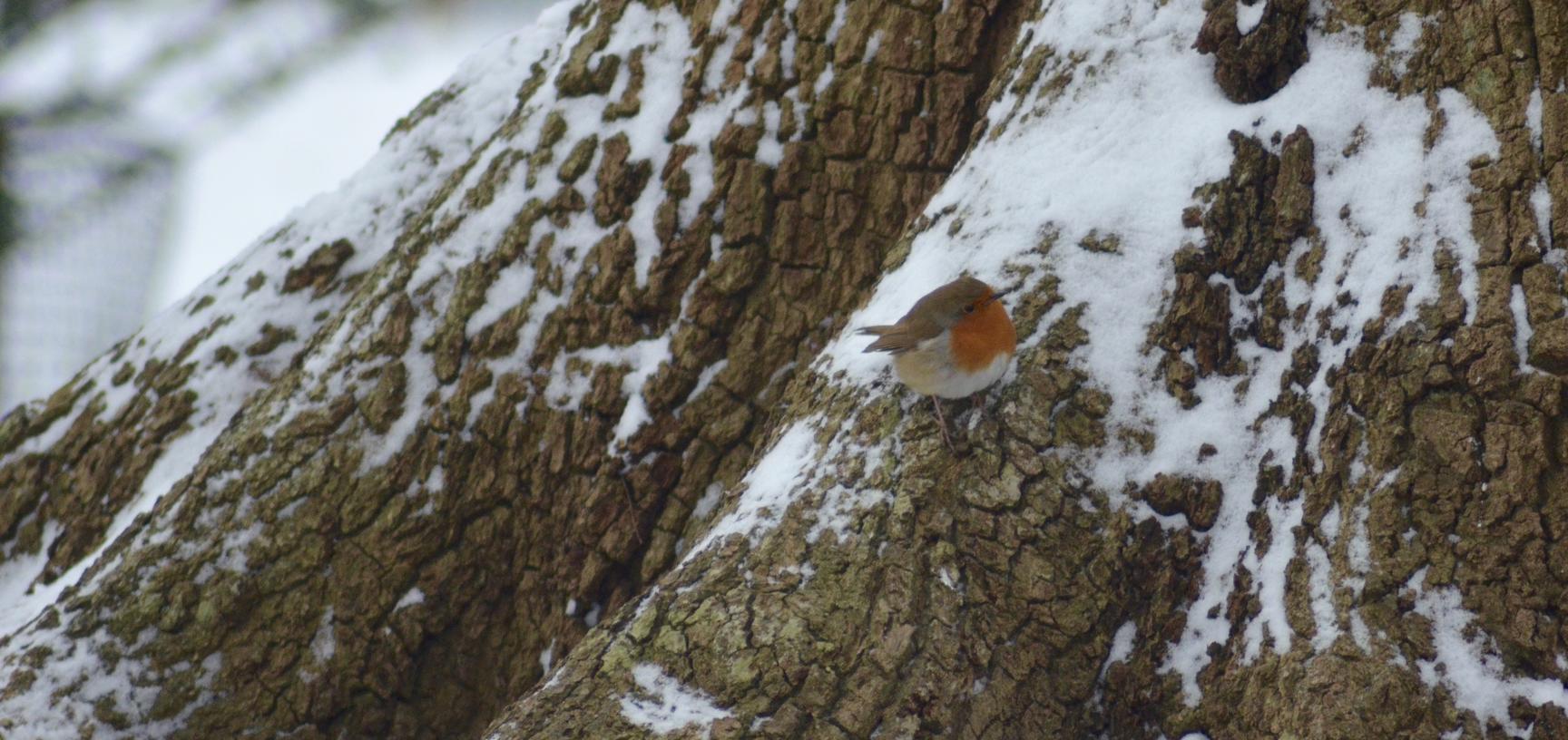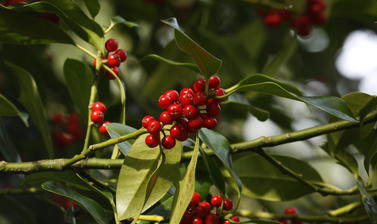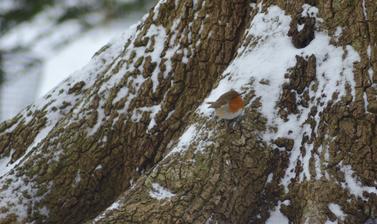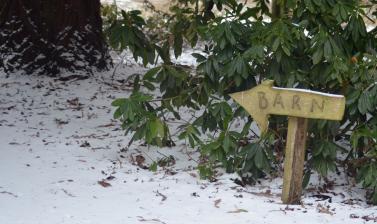Seasonal Highlights at the Arboretum
From spectacular bluebell displays to vibrant autumnal colours the Arboretum has something to offer all year round.
Spring
Daffodils and other spring bulbs signal the start of spring at the Arboretum. Look out for other spring plants like crocus, scilla (which look a little like bluebells, and can be found at the base of some of the larger oaks), and lesser celandine.
When the Daphne bholua 'Darjeeling' flowers in early spring you’ll smell it before you see it! It releases a divine scent attracting visitors down the Serpentine Ride. In the Magnolia Glade gentle whites, creams and pinks are joined by a delicate sweet aroma from some of our magnolias, including Magnolia x loebneri 'Leonard Messel'.
In the coppice visitors should make the most of the opportunity for a closer look at the method used to lay a hedge before this year's leaves cover the hard work of our arborists, volunteers, and course attendees.
Late spring is a glorious time to visit the Arboretum. Our collection of azaleas and rhododendrons are flowering in a stunning range of colours, including Rhododendron ‘Jean Marie de Montague’, Azalea ‘Marconi’, Rhododendron ‘Goldinetta’, and Rhododendron ‘Seven Stars’. Also along the Serpentine Ride are a number of delicate flowering trees such as Cercis siliquastrum (Judas tree) and Halesia Carolina (Snowdrop Tree).
By the end of April visitors will be able to see the bluebells beginning to flower and open in Bluebell Wood. While you are walking look out for busy wildlife preparing for the season ahead. Many different types of bird will be found on the bird feeders near the ticket office. Tits, nuthatches and finches are all busy preparing their nests and raising chicks. Our peacocks are calling and displaying magnificently, while the peahens take it easy. Look upwards to catch a sight of a circling red kite or buzzard.
Summer
Our Bluebell Wood and Lime Wood are wonderful, cool and shady spots for walking in the summer. They are the perfect place for a weekend stroll among the dappled sunlight, under a verdant canopy. Bluebell Wood, in particular, is barely recognisable to those visitors who saw the carpet of bluebells in the spring: in the summer months a thick maze of bracken dominates the space. Bracken (Pteridium aquilinum) is a pioneering plant that can thrive in a wide variety of conditions and has to be managed in many places where it out-competes other species. But bracken isn’t all bad. Historically it has been harvested as bedding, and even fodder, for livestock. It has been used as mulch to protect other plants or suppress weeds, and even as an alternative to peat (but it can also be toxic, so take care!).
Bracken plays an important role in our native woodland. It provides a favoured hunting ground for many small birds, and acts as shelter for small mammals and reptiles. During the summer it shades spring plants like bluebells and wood anemones from the summer sun, and when it dies back in winter, it can shelter these flowering plants from the harshest frosts.
When you step out of the native woodland into the Wildflower Meadows or the Acer Glade, take a moment to enjoy the fascinating shapes of the many seed pods that appear. In the meadow, vetch, yellow-rattle and sorrel all clatter and jangle with seeds. In the Acer Glade, Acer palmatum ssp. Matsumuae, Acer palmatum var. Heptalobum ‘Osakazuki’ and Acer tataricum ssp. ginnala are covered with colourful seeds.
August is the perfect month for a stroll along the Serpentine Ride. Bring a picnic and enjoy it among the shade of some of our tallest and most exotic trees. Marvel at the strange fruits, such as Magnolia campbellii ssp. mollicomata, Styrax hemsleyanus (Hemsley Snowball) and Magnolia tripetala in the Magnolia Glade. Along the Serpentine Ride the rhododendrons, Arbutus unedo (Killarney Strawberry Tree), Cornus mas and Halesia carolina ‘Rosea’ (Snowdrop Tree), all have interesting fruits and seed pods and the whole area is teeming with dragonflies.
Autumn
The Arboretum glows with colour through autumn. The Acer Glade is awash with vivid reds and rich golds, in Lime Wood the leaves create a rich yellow canopy and flutter gently to the ground, while in Bluebell Wood the bracken is a rich copper. Along Holly Walk you’ll find bright berries amongst the greenery.
The Arboretum is home to a number of dawn redwoods (Metasequoia glyptostroboides) which during the autumn months glow with a vivid brick-red colour, resembling a flaming torch. Known only in fossil records until the 1940s, the dawn redwood is often described as a ‘living fossil’. It is the only living member of the genus Metasequoia, although the fossil record shows us that it was distributed through North America and Eurasia up to 100 million years ago. Today, the dawn redwood is restricted to the border of two Chinese provinces and Chongqing in Central China, but it is a popular addition to many parks and gardens in Europe and America. Despite this, it is still internationally recognised as endangered.
Keep an eye out for our stately oaks which turn a golden brown, and other eye-catching colour from trees such as Taxodium distichum (swamp cypress) and Larix x eurolepis (hybrid larch). Palmer’s Leys is also worth visiting, the native planting shines a merry yellow on sunny days.
Winter
There is always plenty of wildlife to be seen at the Arboretum and winter is no exception. Keep an eye out for deer, hares, birds of prey, badgers and foxes, we’ve seen it all! If you’re lucky enough to visit on a snowy day when the woodlands are their most enchanting you may even spot some animal tracks.
The Acer Glade is home to a number of different varieties of witch hazel, including Hamamelis mollis, Hamamelis x intermedia (‘Primavera’), and Hamamelis x intermedia (‘Pallida’). The blossoms of these seasonal beauties are highly fragrant and able to withstand the cold. By appearing at a time when few other plants are flowering they can avoid competition for pollinators.
Dotted around the tree tops you may spot some Viscum album commonly known as mistletoe. Mistletoe is a hemiparasitic plant. Individual plants festoon the branches of trees taking nutrients and water from their host in order to survive.
Wonder down Holly Walk to find common holly, Ilex aquifolium. Holly is dioecious, meaning there are 'female' and 'male' plants and only female holly trees holly trees develop red berries.


